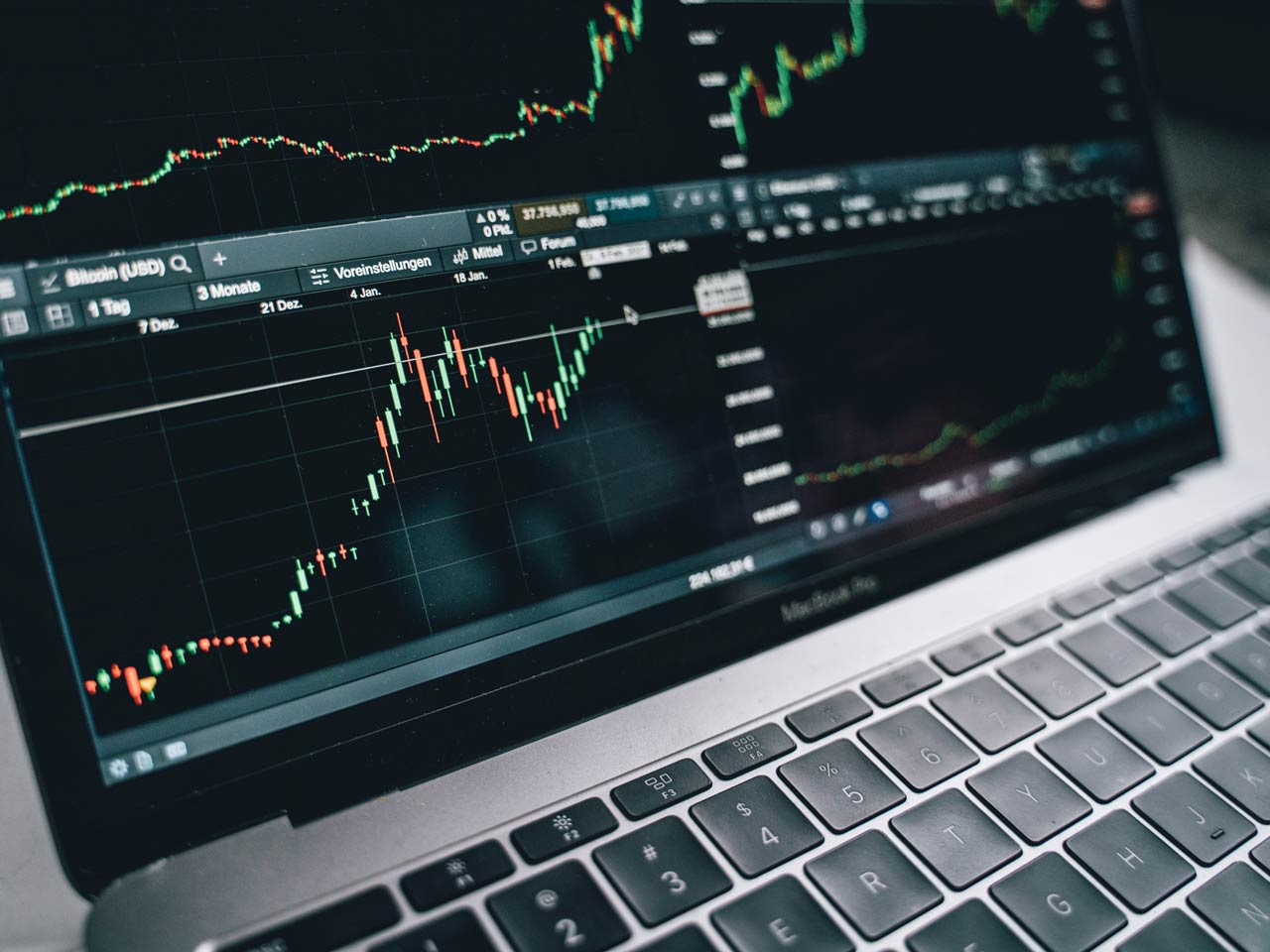
Black-Scholes and the mysterious smile
The Nobel prize-winning model has been heralded as a game changer for traders but in making sweeping assumptions about growth and volatility, it is perhaps not quite as elegant as it seems
One of the oldest questions in finance is how to price options – those financial instruments which give you the right, but not the obligation, to purchase an asset in the future at a set price. For example, suppose that you think that the shares of some company, currently priced at $100, are set to go higher. Rather than purchase the shares at that price, a cheaper alternative is to buy a ‘call’ option which gives you the right to buy them at a certain price, known as the strike, in a year’s time.
Let’s say you choose a strike equal to the current price, and after a year the shares have gone up to $120, then the option allows you to buy them for $100 and sell them immediately for $120 to give a quick $20 profit per share. On the other hand if they have gone down, all you lose is the amount you paid for the option.
The problem then is, what should that option price be? And how does it change if we choose a different strike price, like $90, or $105? The answer is important, not just for individual investors, but for the financial system as a whole, which relies on the accurate pricing of this type of risk.
The nervous market
One of the first to have a theoretical stab at this problem was the French mathematician Louis Bachelier. In his 1905 thesis, he argued that the average return of stocks is zero, because they are as likely to go up as go down. The price of an option therefore depended only on the variability of the stock’s price, which he referred to as its ‘nervousness’ though today we call it the volatility. The more nervous the stock, the more expensive the option, because there is a better chance of it ending up ‘in the money.’
Bachelier’s approach had some problems and received little attention at the time, but some 60 years later the economist Paul Samuelson came across a copy and arranged for a translation. As he later told the BBC, he believed that Bachelier’s work held the key to developing “the perfect formula to evaluate and to price options.”
The Black-Scholes model met with immediate success – and helped kick off an explosive growth in options trading
In 1973, this dream formula was achieved in the form of the Black-Scholes model. Its elegant proof relied on the argument that, by constantly buying and selling options and the underlying stock, one can construct a risk-free portfolio. A consequence was that, as with Bachelier, the expected return of the stock dropped out of the equation – all that mattered for the price calculation was the risk-free rate that could be obtained on something like a Treasury bill.
The Black-Scholes model met with immediate success – and helped kick off an explosive growth in options trading. Samuelson wrote that “one of our most elegant and complex sectors of economic analysis – the modern theory of finance – is confirmed daily by millions of statistical observations.” The Nobel Prize Committee – who awarded Black and Scholes their prize in 1997 – agreed that “thousands of traders and investors now use this formula every day to value stock options in markets throughout the world.” The formula has since been described as “the most successful theory not only in finance, but in all of economics” and even as “the most widely used formula, with embedded probabilities, in human history.”
Which is odd, given that the model is actually far from being the perfect formula that Samuelson envisaged.
Is there something funny?
Part of the appeal of the Black-Scholes model was that it seemed to put option pricing onto a rational basis, by eliminating the need for subjective and uncertain estimates of future growth. This changed the perception of options trading from a form of speculation, to a form of risk management, which made it much more acceptable to people like regulators (in fact it is both).
To accomplish this feat, the Nobel-winning proof relied, as mentioned, on the idea that we can constantly buy and sell options and stocks; however this ignores the bid/ask spread, which is the difference between the seller’s ask price, and the buyer’s bid price. And it also assumes that the volatility can be treated as a constant.
There is an easy way to check these assumptions, which is to look at statistical data. First, it is clear that growth rates do matter, because if you buy call options in something that tends to go up, like the S&P 500 index, then you tend to make money. What counts is not the risk-free interest rate, as assumed by the model, but the actual growth rate.
The second problem is that volatility over a certain period is not constant, but is correlated with the price change over the same period. In fact this effect is partially captured by traders, who adjust the volatility depending on the strike price – a phenomenon known as the ‘volatility smile’ because of its parabolic shape.
Of course it’s no surprise that traditional economics, with its exaggerated emphasis on objectivity and rationality, doesn’t get the joke. So how can we improve the Black-Scholes model given these obvious drawbacks? And why are the markets smiling? We return to that in a future Econoclast.



